Are you looking to install vinyl flooring? As you shop around, you will not only notice the many styles, designs, and pattern varieties; you might also be overwhelmed by the different thickness options for each type of flooring. Admittedly, it can be hard to choose one that suits you.
Thickness is an important consideration. But, as you will find out, there are many other factors to keep in mind when shopping for the perfect flooring. I wrote this vinyl flooring thickness guide to help you choose the right size flooring for your needs. Read on to find out more.
Table of Contents
How is Vinyl Flooring Constructed?
To understand the dynamics of vinyl flooring thickness, let’s first look at the construction of this flooring.
Most of the vinyl you will find in the market today is a combination of polyvinyl chloride ( PVC), print films, and other hard plastic materials. The backing material is typically made of hard plastic materials or fiberglass. It is then covered with print film paper, which gives the product its respective color and pattern.
The print film paper is then coated with a clean, thin layer of PVC for protection against scratches, dings, and the elements. The top PVC layer is the wear layer and serves as the flooring’s main protective barrier. The final top coat is urethane, applied to the wear layer for extra protection and sheen. The product is then finally cut up into different-sized tiles, planks, or sheets for commercial and residential use.
Understanding Vinyl Flooring Measurements
As you shop around for vinyl flooring, you might come across the term ‘mil’ referring to the product’s thickness. The term is similar to millimeters; therefore, many people use ‘mil’ and ‘mm’ interchangeably, but the meaning of these terms is vastly different.
One mil is equal to one-thousandth of an inch, whereas one mm is approximately equal to 40 mil. The flooring product will have both measurements with different implications, so you need to be careful to select the appropriate thickness.
The flooring’s entire thickness is measured in mm, while mil describes the wear layer’s thickness. Vinyl flooring thickness ranges from as low as 2mm to 8mm or more. The corresponding wear layer thickness can range from 1 mil to 40 mil or thicker.
The flooring’s entire thickness matters up to a certain extent. The thicker the plank or tile, the more stability it offers. So, it would be best to choose a thickness(mm) suitable for the anticipated level of traffic. For example, high traffic areas such as the kitchen or hallways will benefit from thicker flooring.
Aside from the entire product’s thickness, the most important consideration where durability is concerned is the thickness of the wear layer. The wear layer plays a big role in determining the longevity of the vinyl flooring—the thicker the wear layer (mil), the greater the protection against wear and tear.
So, when it comes to the wear layer, how thick is thick? What level of thickness should you be looking at to get the best value for your money? No thickness level is the be-all-end-all—the wear layer thickness you opt for will depend on the application or use of the floor. For high traffic areas, it is best to invest in the thickest wear layer you can afford to ensure longevity and fewer replacement and repair costs. In this case, a wear layer thickness of 12 mil or more is ideal. You can choose slightly less thick flooring for less busy rooms such as the bedrooms where a wear layer thickness of 6 mil might be sufficient.
All in all, the most important thing to keep in mind is the wear layer thickness is the biggest determinant of your floor’s longevity. A vinyl plank with a higher overall thickness (mm) rating and a thin wear layer may end up having a shorter life span because it is only minimally protected against wear and tear.
When the wear layer wears off (which happens faster in vinyl flooring with a thin wear layer), the floor’s pattern and texture will also wear off, requiring you to replace the floor. If you are replacing the floor every year or so, the costs can quickly add up, and you won’t realize a return on your investment.
Thickness Measurements For The Different Vinyl Flooring Options
Several vinyl flooring options give you a wide selection from which to choose, depending on your budget and needs. Each flooring option has different properties and an ideal thickness that you should keep in mind when shopping for vinyl flooring products.
Let’s take a look at each type of flooring and tips on choosing the ideal thickness.
1. Click and Lock Vinyl Flooring
Click and lock planks and tiles are easy to install and can last a long time. Part of the appeal of this flooring option is that it can be installed over existing flooring and subflooring without needing to spend a lot of time, effort, and money leveling the subfloor.
When choosing click floating flooring, it is best to pick planks or tiles with a minimum thickness of 5mm. This will provide stability underfoot and minimize the hollow-spot effect. Thinner floating floors are also harder to install and result in weaker click-lock seams.
As for the wear layer, opt for a thickness of between 4 and 12 mil for less busy spots and 20 mil and above when installing floating vinyl flooring in high traffic spaces.
2. Glue Down Vinyl Flooring
Glue down vinyl flooring is installed by applying a hard set adhesive using a trowel. The planks or tiles are thinner (ranging between 2-3 mm) and are therefore less expensive. However, the cost of installation can quickly add up, as you must buy adhesive and hire a professional installer.
Click and lock vinyl flooring has become increasingly popular over the last few years, but glue down flooring is the go-to, especially for high-traffic residential and commercial spaces.
3. Loose Lay Vinyl Flooring
Loose lay is the latest in vinyl technology. The tiles are made of a core and base layer containing tiny suction cups that seal firmly against the subfloor. Loose lay flooring is generally easier to install than click and lock and only involves gluing some planks or tiles around the room’s perimeter and then laying the planks side-by-side in the remaining space.
Loose lay vinyl typically comes with a wear layer thickness of no more than six mil and a plank density of up to 0.2mm. This flooring option is more suited to low-traffic spaces. Compared to other options such as click and lock and glue down, it is more prone to wear and tear, and the seams can easily come apart, requiring regular replacement.
4. Peel-and-Stick Vinyl
Peel-and-stick is considered a low-budget vinyl flooring option. The tiles come with a peelable sticker backing, allowing you to stick the tiles to the subfloor.
These products are much thinner, measuring between 0.1 and 0.2mm with a wear layer of no more than 3 mil. For this reason, the flooring product is best suited for extremely low-traffic areas. The thin wear layer means that the peel-and-stick flooring wears off fast, has a short life cycle, and requires regular replacement, all of which can bump up the maintenance and re-installation costs.
There are two more things I would like to talk about that you should consider when comparing vinyl thickness: the type and condition of the subfloor and the flooring warranty. Paying attention to these two factors will ensure that you get value for money.
Type And Condition Of The Subfloor
The type and condition of the subfloor have an impact on your choice of vinyl flooring thickness. For example, concrete floors are generally more stable and stronger compared to plywood or hardwood subfloors. If installing vinyl on concrete subfloors, thinner flooring might be sufficient. Still, you should select the appropriate wear layer thickness depending on the application.
Thicker vinyl flooring is recommended if the subfloor is made of porcelain or ceramic tiles. Wood subfloors also require medium-thick to thick vinyl flooring for additional support and stability underfoot.
Ensure that your subfloors are free of debris or sunken spots, as this will affect the look, feel, and longevity of vinyl flooring of any thickness.
Warranty
When buying vinyl flooring, be sure to ask for a commercial warranty. Keep in mind that the thicker the vinyl flooring, the longer the warranty tends to be. For example, vinyl with a density measurement of 1.0mm and an equivalent wear layer thickness of 40 mil typically has warranty protection lasting up to 20 years or more.
Meanwhile, vinyl with a wear layer thickness of 3 mil may have no warranty or have just a short one lasting six months to a year. As such, it is important and smart to opt for vinyl flooring with a thicker wear layer. You get more life from the flooring, and the robust warranty gives you peace of mind.
Summary
Vinyl flooring manufacturers often emphasize the importance of thickness. The size of your planks, tiles, or sheets does matter, but it is best not to overemphasize thickness. To make a better purchasing decision when shopping for vinyl flooring, pay more attention to things such as the wear layer, level of traffic, durability and longevity, cost of installation, and of course, aesthetic value.
When all is said and done, the smart decision is to opt for flooring with the thickest wear layer. I hope this vinyl flooring thickness guide has helped you understand what to consider when choosing the size of your vinyl planks, tiles, or sheets.
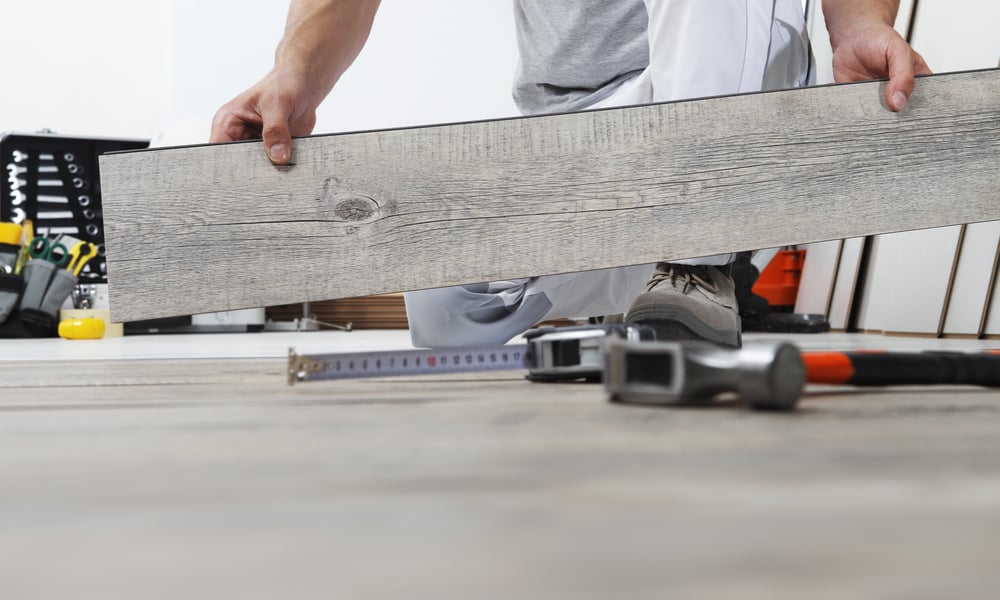
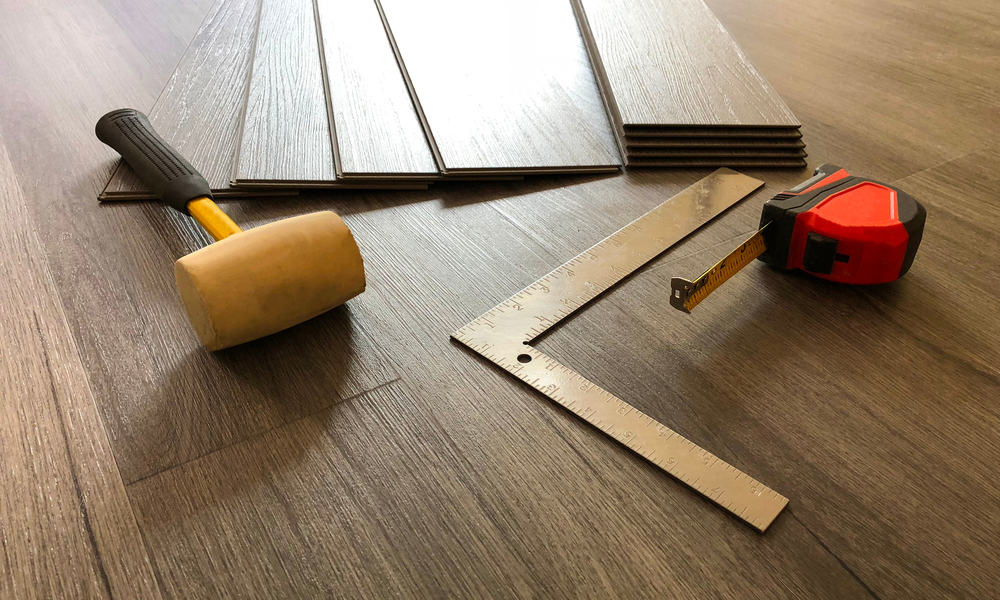
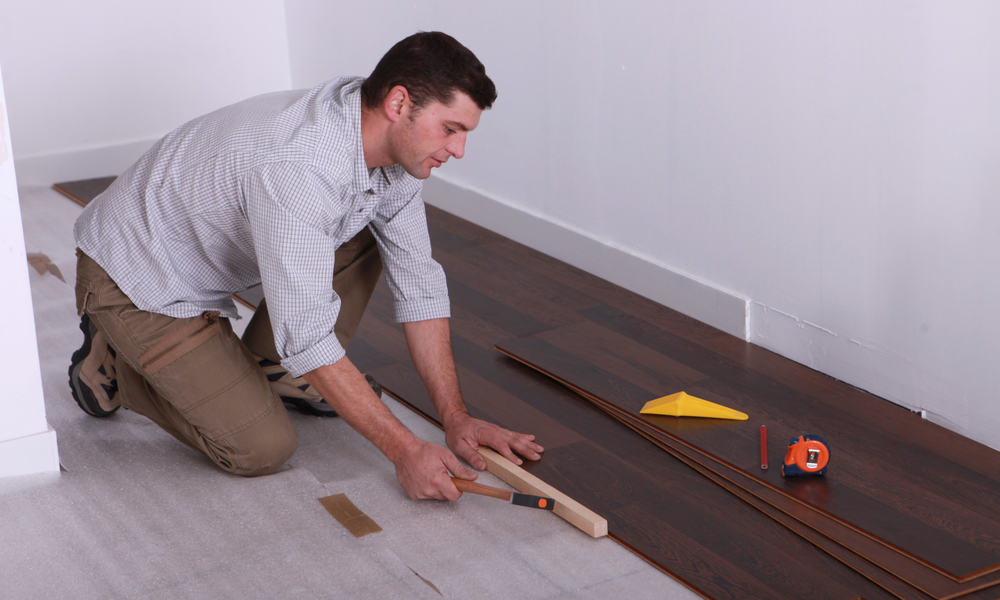
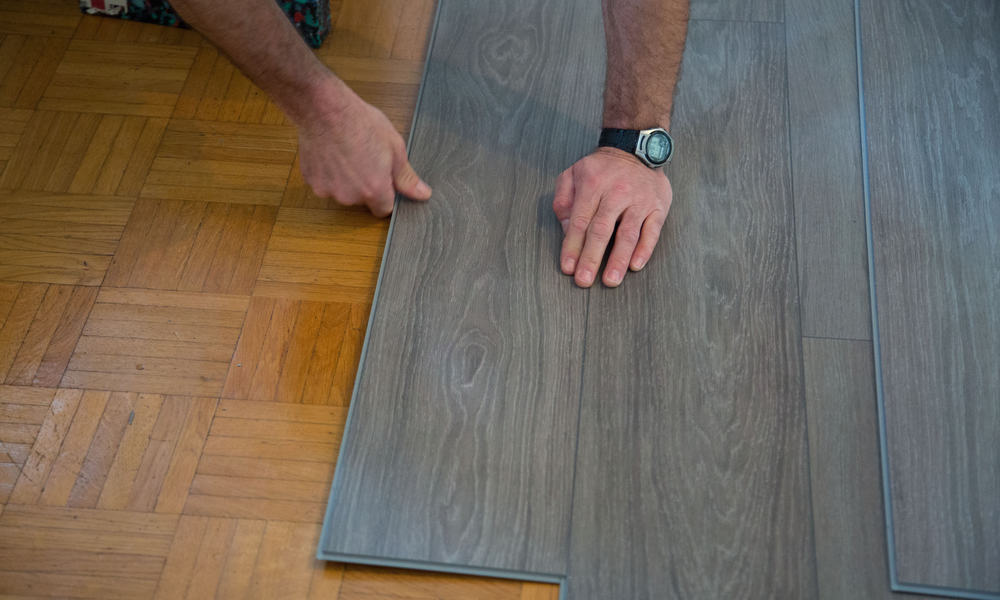
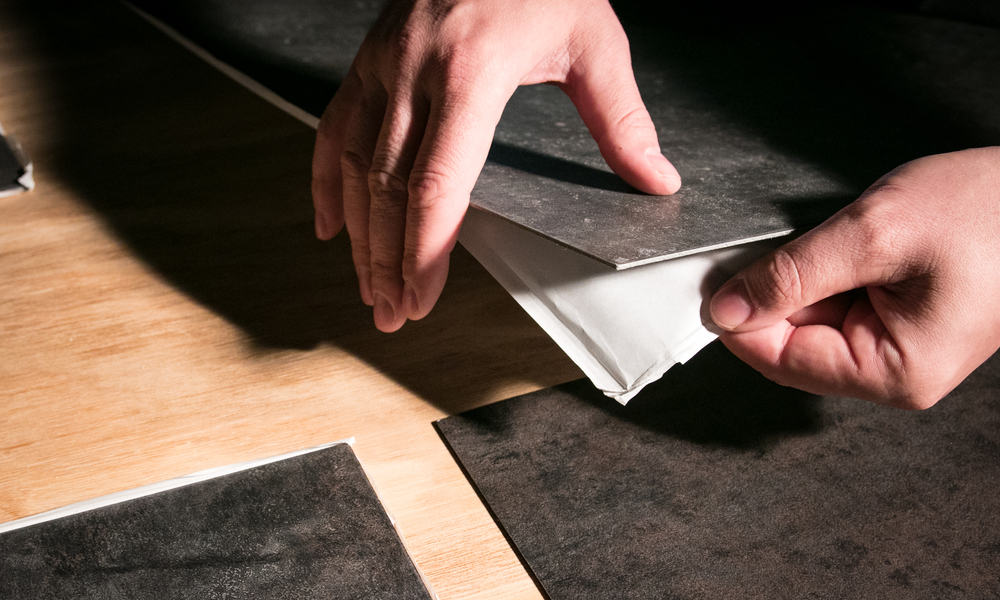
Gosh, thank you! Flooring seems so complicated and you really laid out everything I needed to know!
Thank you for this information. I want the best for the best price and I will use your information to buy what’s the very best for my needs! Thanks again!